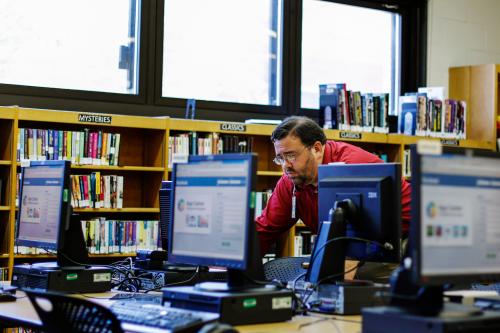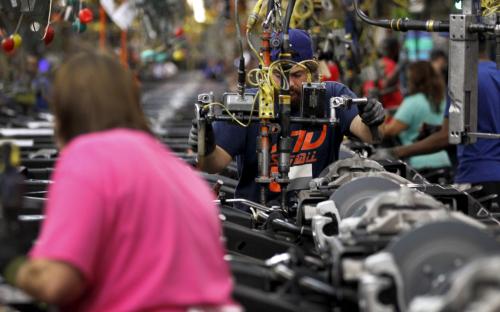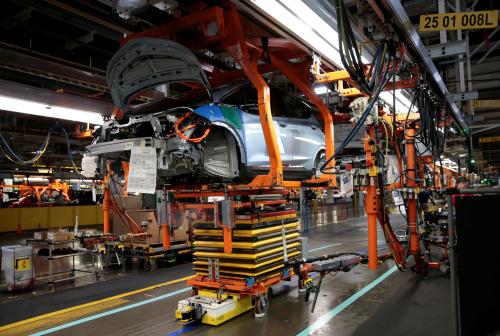This paper was prepared for the inaugural conference on “Automation and the Middle Class” for the Brookings Institution, Future of the Middle Class Initiative.
Since the late years of the Eisenhower Administration, when alarms were first raised about the impact of what was then called cybernation there have been cycles of interest in the role of training policy for addressing perceived national challenges. During the War on Poverty youth unemployment and juvenile delinquency motivated initiatives including summer youth jobs to the Job Corp and a great many others. During the Clinton years concerns about lagging American competitiveness relative to Germany and Japan led to efforts to import elements of the German apprenticeship model as well as efforts to encourage firms to invest more in training their workforce. More recently trade shocks and disruption caused by robots and artificial intelligence have resulted in a renewed interest in public employment and training policy.
There has a great deal of thought given about how to best prepare young people for work but it seems fair to say that less attention has been paid to adults. The case for thinking seriously about how to help adults cope with economic shocks is strong both because of the economic implications for individuals and families and because of the risks to social stability if large numbers of people find themselves in economic distress.
This paper is about employment and training policy for adults and has two aims: first to understand the nature of the problem and, secondly, to survey what we know and what we need to learn about effective job training that addresses these challenges. The American job training, or human capital development, system is complicated, hard to navigate, and under-funded. Yet at the same time it has significant strengths and many best practice and effective models.







